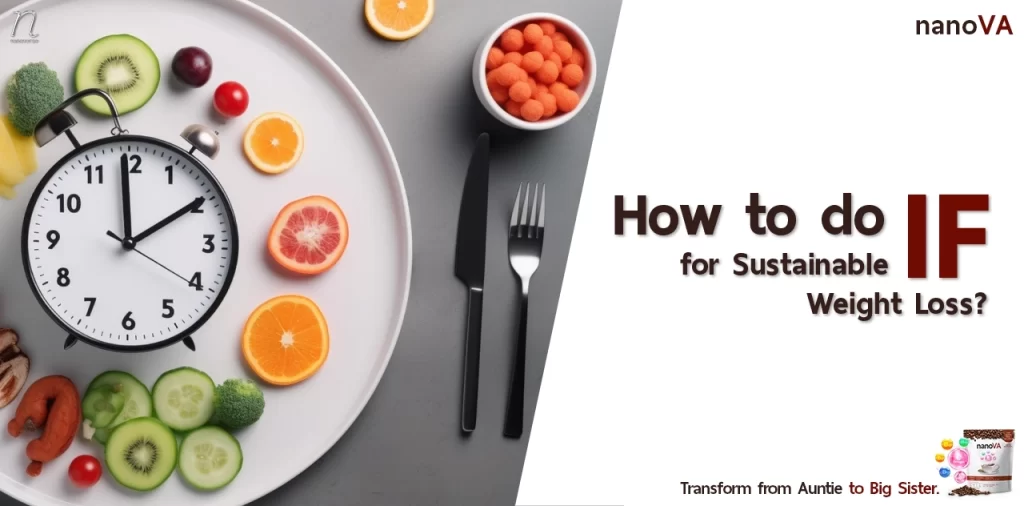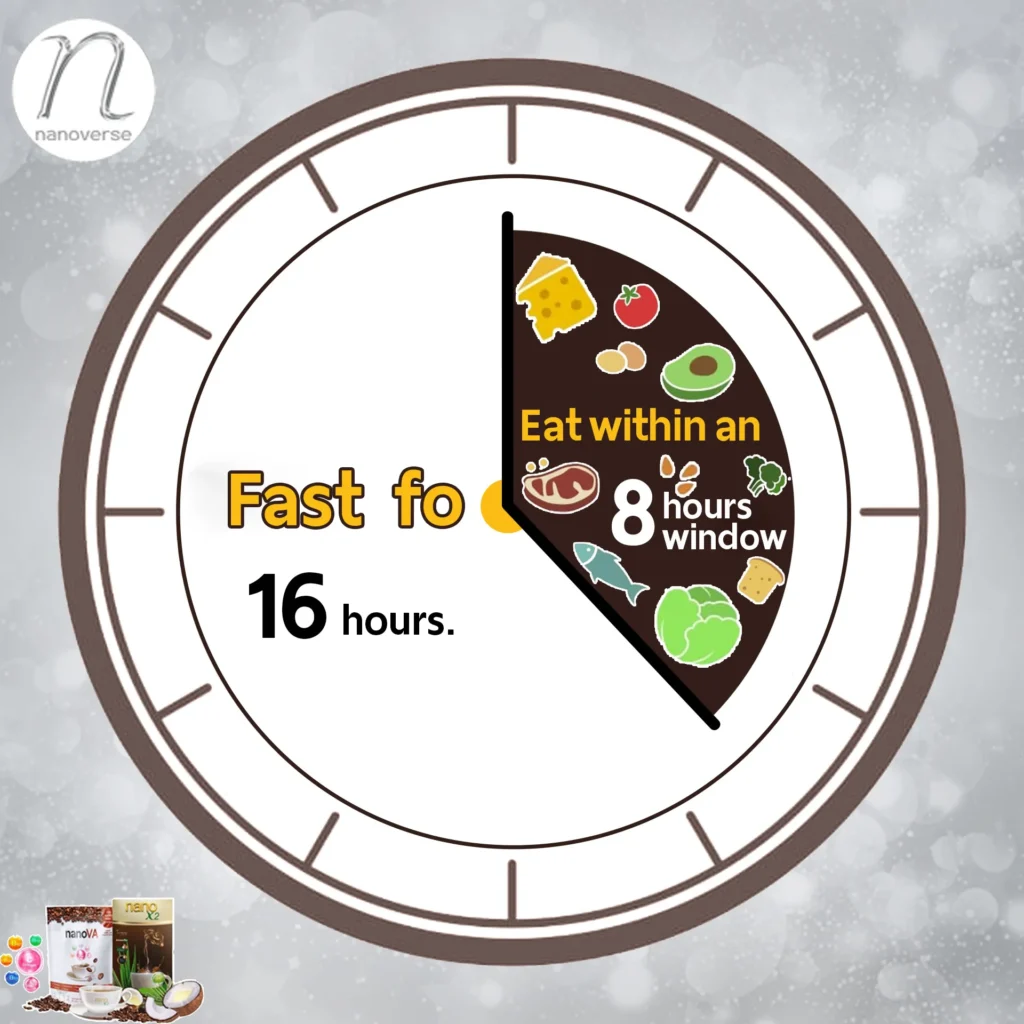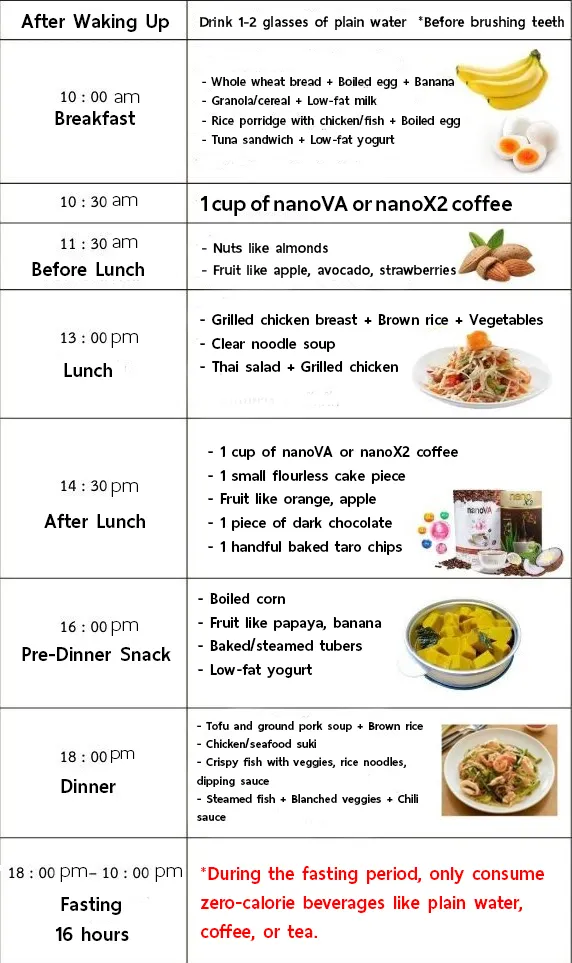
Intermittent fasting (IF), also known as time-restricted eating, has become a popular weight loss method. However, IF is not easy and if done incorrectly, it can negatively impact health and the body. Therefore, it is important to study appropriate information and techniques before starting IF. This article provides guidance on how to safely and effectively do IF for weight loss and overall health.
The Benefits of IF
Intermittent fasting has several health benefits, including:
• Increasing advantageous hormones related to fat burning like growth hormone and insulin
• Reducing risk of diseases like diabetes, heart disease, cancer, and dementia
The Basics of IF
A common IF approach is 16/8 fasting, which involves fasting (not eating) for 16 hours per day and having an 8-hour “feeding” window for eating.
• During the 16-hour fasting period, only zero-calorie beverages like plain water, black coffee, or tea should be consumed.

What Foods Can Be Eaten During IF
Although any foods can be eaten during the feeding window of IF, choosing nutritious foods supports faster weight loss and better health. The goal is to provide the body with adequate nutrients and energy without risking nutritional deficiencies. Foods that promote satiation and are recommended for IF include:
1. Fruit – Almost all fruits are allowed, but high fiber options like apples, bananas, oranges, berries, grapes, melons, cantaloupe, avocado provide a moderate amount of energy and nutrients while being low in calories.
2. Water – Drinking at least 2 liters (8 glasses) of water per day helps keep the body hydrated, avoids hunger and fatigue, and supports fat burning.
3. Cruciferous Vegetables – Broccoli, cauliflower, Brussels sprouts and other cruciferous veggies are high in fiber and nutrients, supporting healthy digestion and nutrient absorption.
4. Whole Grains – Non-processed or complex carbs from foods like oats, barley, quinoa, chiaseeds, buckwheat, etc. provide slow-releasing energy to reduce snacking.
5. Healthy Fats – Healthy fats like olive oil, coconut oil, avocado help burn bad fats and improve metabolism.
6. Protein – Protein is essential for weight loss as it promotes satiety, builds muscle mass, and increases metabolism. Good sources include egg whites, chicken breast, fish, beans, nuts and seeds.
Some sweets like low-calorie dark chocolate, fat-free cakes and ice creams, and low-fat dairy can be eaten in moderation. But beware of overdoing it.
Sample 16/8 IF Schedule
Here is a sample IF schedule with the 8-hour feeding window from 10am to 6pm

Common IF Mistakes
To get the best weight loss and health results from IF, it is important not to overeat during feeding times. Remember that calorie control and regular exercise, along with a consistent IF schedule that fits your lifestyle and health needs, are key for sustainable weight management. Drink plenty of fluids for satiation and convenience. While not needing to restrict foods, choose nutritious options whenever possible.